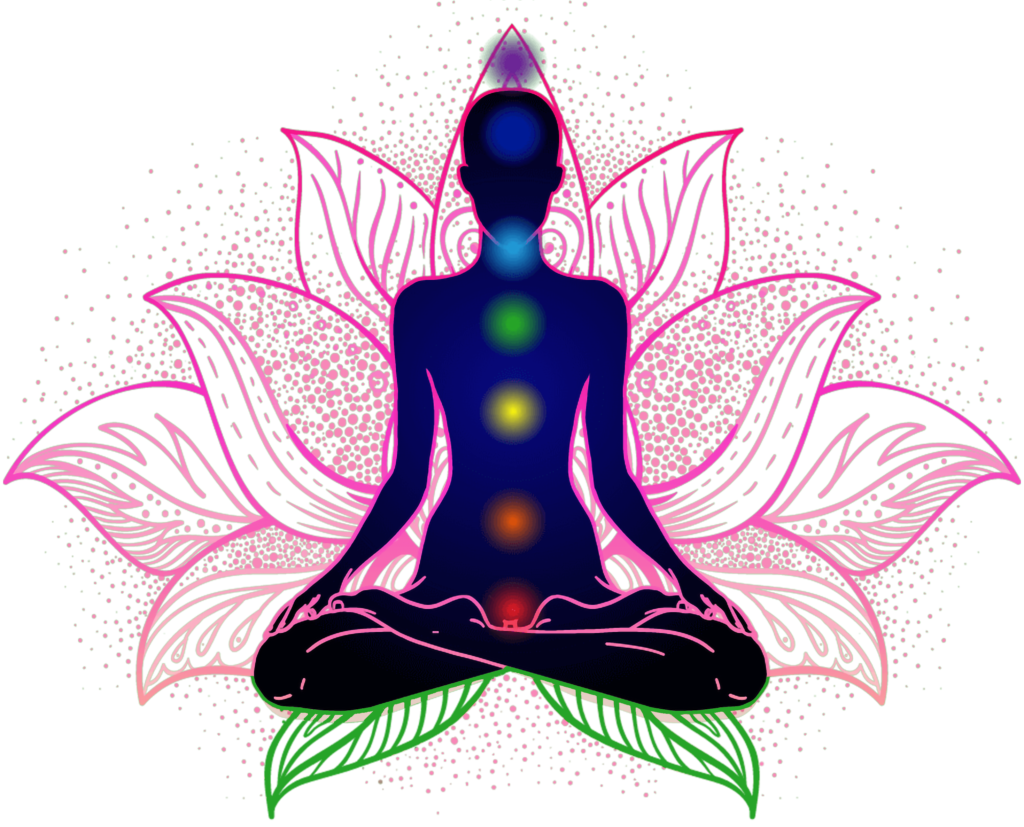The history and origins of Tantra date back thousands of years and can be traced to ancient India, where it was practiced as a means of spiritual enlightenment and self-discovery. Tantra is a complex and multifaceted tradition that incorporates aspects of philosophy, meditation, yoga, and ritual, with the goal of attaining union with the divine and achieving a state of enlightenment. In this blog, we will explore the origins and development of Tantra throughout history and its transformation and expansion into the modern world.
Tantra was originally defined as a system of spiritual and sexual practices aimed at achieving liberation from the cycle of rebirth and death. It was often practiced in secret and passed down through oral transmission from teacher to disciple. The earliest recorded Tantric texts date back to around the 2nd century CE, although it is believed to have existed much earlier.
Tantra draws on the philosophical and spiritual beliefs of Hinduism and Buddhism, which emphasize the interconnectedness of all living beings and the ultimate reality of a single, impersonal, and universal consciousness called Brahman. Tantra, therefore, aims to bring the practitioner into direct experience of this ultimate reality through various techniques, including yoga, breathwork, meditation, and sexual rituals.
Tantra was originally practiced within the context of Hinduism and Buddhism and was considered a secret or esoteric tradition, often practiced in secret by small groups of initiates led by a guru or teacher. In time, however, Tantra began to expand and spread beyond these traditions and came to be practiced by individuals and groups from various cultural and religious backgrounds. This expansion led to the emergence of various Tantric traditions and schools, each with their own unique teachings and practices.
Tantric texts, known as Tantras or Tantrasras, were written in Sanskrit, the sacred language of Hinduism and Buddhism. These texts were often cryptic and written in code to protect the secrets of the practice from outsiders. The Tantras, however, describe a range of practices and rituals that are designed to awaken the kundalini, a coiled energy located at the base of the spine, and to guide it upwards through the chakras of the body towards the crown chakra.
Tantra was not only a spiritual practice but also a powerful tool for attaining supernatural powers and abilities. This aspect of Tantra became more emphasized over time, and many Tantric texts and teachings focused on the attainment of siddhis, or supernatural powers, such as levitation, mind-reading, and the ability to travel through time and space. These powers were seen as evidence of the practitioner’s progress on the path to enlightenment and attainment of the ultimate goal of Tantra – union with Brahman.
Tantra has continued to evolve and adapt to modern times, and in recent decades, it has become increasingly popular in the West. Many teachers and practitioners of Tantra have adapted traditional practices to suit modern lifestyles, incorporating elements of psychology and self-help to make Tantra more accessible to a wider audience. Today, Tantra is practiced by individuals and groups around the world, both within its original cultural and religious contexts and as a standalone spiritual practice.
Despite its evolution and adaptation, the core teachings and practices of Tantra remain unchanged. At its heart, Tantra is still a system of practices aimed at unlocking the hidden potential of the human body and spirit, revealing the interconnectedness of all living beings and the ultimate reality of a single, universal consciousness. Whether practiced in secret by initiates in ancient India or in mainstream yoga studios in modern-day Western societies, Tantra continues to offer a pathway to enlightenment, liberation, and union with the divine.
